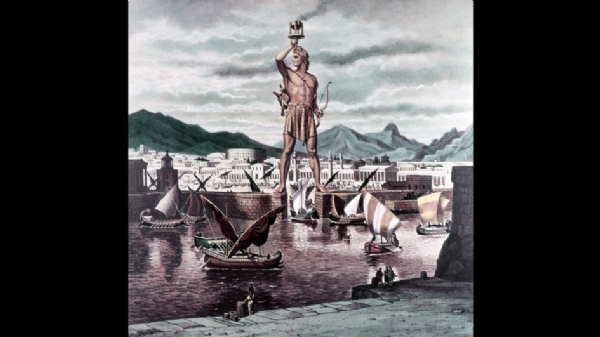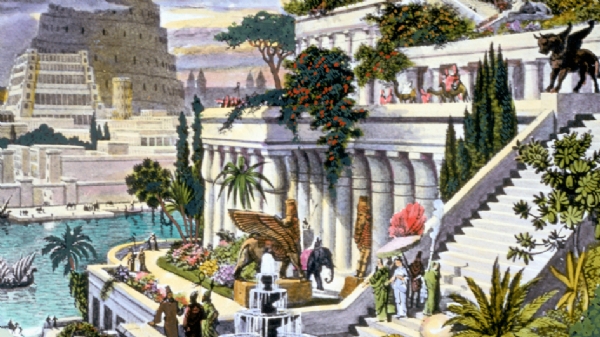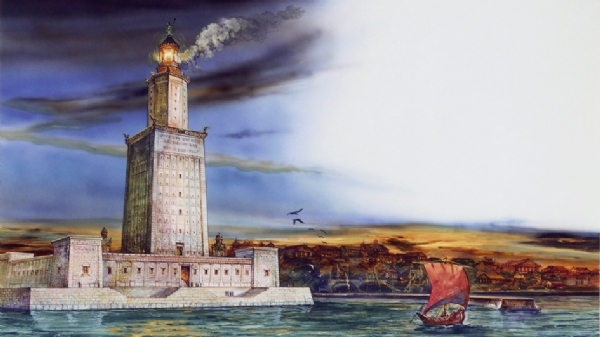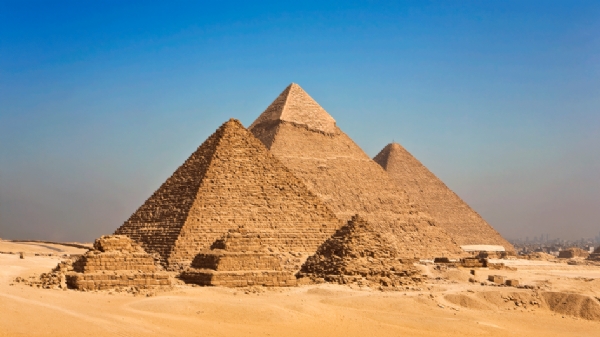The Seven Wonders were first defined as themata (Greek for 'things to be seen’ which, in today’s common English, we would phrase as 'must sees’) by Philo of Byzantium in 225 BCE, in his work On The Seven Wonders. Other writers on the Seven Wonders include Herodotus, Callimachus of Cyrene and Antipater of Sidon. Of the original seven, only

Built: Fourth century B.C. A 110-foot (33.5-meter) statue honored the Greek sun god Helios.

Built: Date unknown Legend has it that this garden paradise was planted on an artificial mountain, but many experts say it never really existed.

Built: Third century B.C. The world's first lighthouse used mirrors to reflect sunlight for miles out to sea.

Build: Fourth century B.C. This elaborate tomb was built for King Mausolus.

Built: About 2600 B.C. Massive tombs of Egyptian pharaohs, the pyramids are the only ancient wonders still standing today.
